Browse
By Area: Circumpolar
View: By Date | Alphabetical | eBooks | Paperbacks
-
eBook available
 Published August 2013
Published August 2013 About the Hearth
Perspectives on the Home, Hearth and Household in the Circumpolar North
Anderson, D. G., Wishart, R. P., & Vaté, V. (eds)
Subjects: Anthropology (General) Archaeology Museum Studies Heritage Studies
Hb
Paperback available -
eBook available
 Published April 2022
Published April 2022 Arctic Abstractive Industry
Assembling the Valuable and Vulnerable North
Mason, A. (ed)
Examining the processes at work in sites of industrial extraction and ecological vulnerability in the contemporary Arctic, this book looks at the displacements that conceal exploitation, on the one hand, and appropriations of value on the other.
Subjects: Anthropology (General) Environmental Studies (General) Development Studies Sustainable Development Goals
Hb
Paperback available -
 Forthcoming January 2026
Forthcoming January 2026 Arctic Silk Roads
An Anthropology of the Unbuilt
Magnani, N. & Magnani, M. (Eds.)
As climate change accelerates, melting sea ice is fueling the global imagination and geopolitical anticipation of the Arctic region’s accessible transport routes and possibilities for resource extraction. Arctic Silk Roads examines the different conditions under which top-down infrastructural dreams facilitate or constrain individual agencies.
Subjects: Political and Economic Anthropology Environmental Studies (General) Development Studies Sustainable Development Goals
-
 Published January 2004
Published January 2004 Cultivating Arctic Landscapes
Knowing and Managing Animals in the Circumpolar North
Anderson, D. G. & Nuttall, M. (eds)
Subjects: Environmental Studies (General) Anthropology (General)
Hb
Paperback available -
 Published December 2010
Published December 2010 Hunters in the Barrens
The Naskapi on the Edge of the White Man's World
Henriksen, G.
Subjects: Anthropology (General) Environmental Studies (General)
Pb -
eBook available
 Published October 2014
Published October 2014 Hunters, Predators and Prey
Inuit Perceptions of Animals
Laugrand, F. & Oosten, J.
Inuit hunting traditions are rich in perceptions, practices and stories relating to animals and human beings. Laugrand and Oosten examine the roles of animals from the small and non-social, such as the raven, to those considered fellow hunters, the bear and the dog. “Prey par excellence,” or caribou, seals, and the whale, are discussed in conjunction with the renewal of whale hunting.
Subjects: Anthropology (General) Environmental Studies (General)
Hb
Paperback available -
 Published October 2008
Published October 2008 I Dreamed the Animals
Kaniuekutat: The Life of an Innu Hunter
Henriksen, G.
Subjects: Anthropology (General) Environmental Studies (General)
Hb
Paperback available -
eBook available
 Published July 2016
Published July 2016 Living on Thin Ice
The Gwich'in Natives of Alaska
Dinero, S. C.
Using quantitative and qualitative data gathered since the turn of the millennium, this volume offers an interdisciplinary evaluation of social and economic changes amongst the Gwich’in Natives of Alaska.
Subjects: Anthropology (General) Development Studies Urban Studies
Hb
Paperback available -
 Published November 2006
Published November 2006 Names and Nunavut
Culture and Identity in the Inuit Homeland
Alia, V.
Subjects: Anthropology (General) Cultural Studies (General)
Hb
Paperback available -
 Published August 2022
Published August 2022 Risky Futures
Climate, Geopolitics and Local Realities in the Uncertain Circumpolar North
Ulturgasheva, O. & Bodenhorn, B. (eds)
Examining the intersections between environmental conditions and geopolitical tensions, this book brings together a unique combination of authors who are local practitioners and international researchers, and considers the situations of environmental calamity and socio-economic risks faced by small populations.
Subjects: Environmental Studies (General) Anthropology (General) Sociology Sustainable Development Goals
Paperback available -
eBook available
 Published August 2021
Published August 2021 The Russian Cold
Histories of Ice, Frost, and Snow
Herzberg, J., Renner, A., & Schierle, I. (eds)
Cold has long been a fixture of Russian identity both within and beyond the nation, even as the ongoing effects of climate change complicate its meaning and cultural salience. The Russian Cold assembles fascinating new contributions from a variety of scholarly traditions, offering new perspectives on how to understand this mainstay of Russian culture and history.
Subjects: History: 18th/19th Century History: 20th Century to Present Environmental Studies (General)
Hb
Paperback available -
 Published November 2016
Published November 2016 Sustaining Russia's Arctic Cities
Resource Politics, Migration, and Climate Change
Orttung, R. (ed)
Urban areas in Arctic Russia are experiencing unprecedented social and ecological change. This collection outlines the key challenges that city managers will face in navigating this shifting political, economic, social, and environmental terrain.
Subjects: Urban Studies Political and Economic Anthropology Refugee and Migration Studies Sustainable Development Goals
Hb
Paperback available -
eBook available
 Published January 2022
Published January 2022 An Urban Future for Sápmi?
Indigenous Urbanization in the Nordic States and Russia
Berg-Nordlie, M., Dankertsen, A, & Winsvold, M. (eds)
Presenting the political and cultural processes that occur within the indigenous Sámi people of North Europe as they undergo urbanization, this book examines how they have retained their sense of history and culture in this new setting. The book is written by a team of researchers, mostly Sámi, from all the countries covered in the book.
Subjects: Anthropology (General) Urban Studies Sociology
Hb -
eBook available
 Published June 2020
Published June 2020 Urban Sustainability in the Arctic
Measuring Progress in Circumpolar Cities
Orttung, R. W.
Urban Sustainability in the Arctic advances our understanding of cities in the far north by applying elements of the international standard for urban sustainability (ISO 37120) to numerous Arctic cities. In delivering rich material about northern cities in Alaska, Canada, and Russia, the book examines how well the ISO 37120 measures sustainability and how well it applies in northern conditions.
Subjects: Environmental Studies (General) Applied Anthropology Urban Studies Sustainable Development Goals
Hb

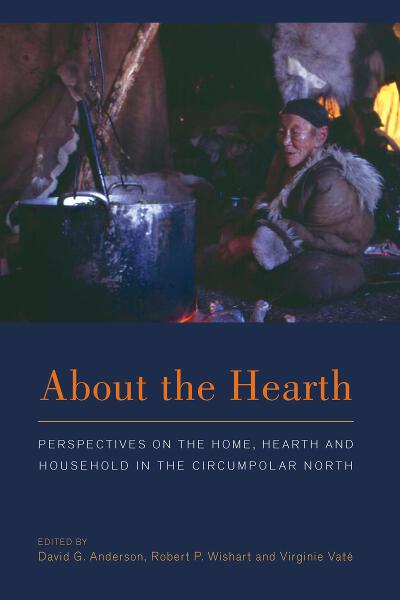 Published August 2013
Published August 2013 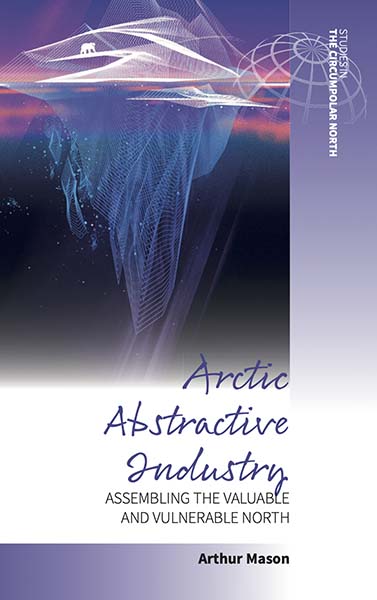 Published April 2022
Published April 2022  Forthcoming January 2026
Forthcoming January 2026 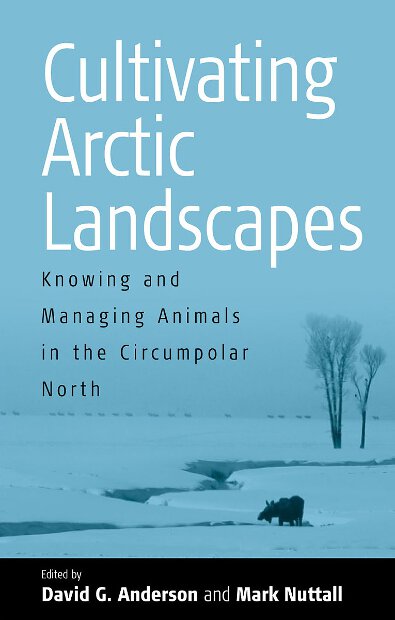 Published January 2004
Published January 2004 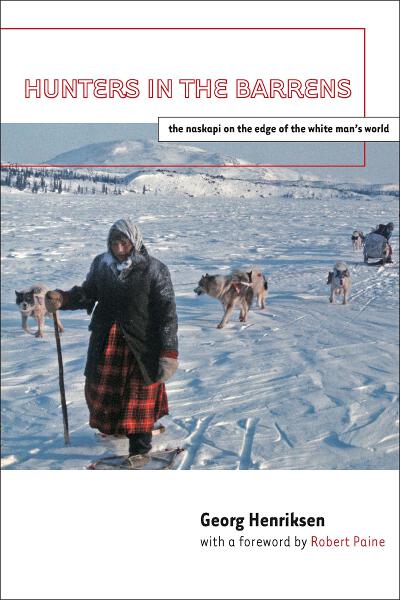 Published December 2010
Published December 2010 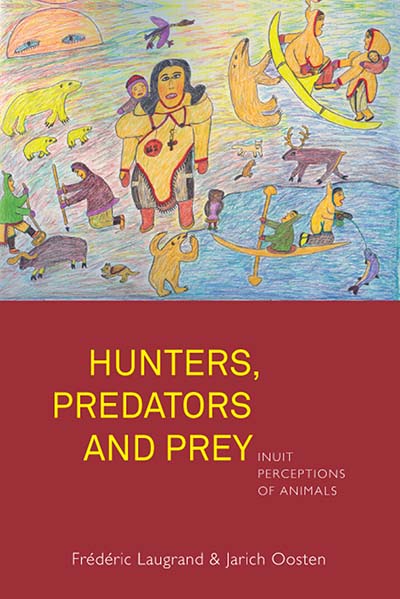 Published October 2014
Published October 2014 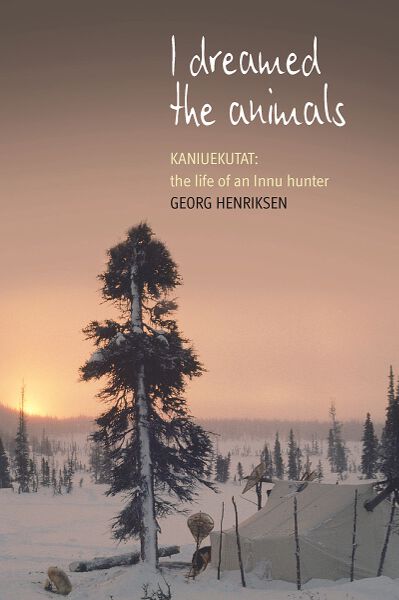 Published October 2008
Published October 2008 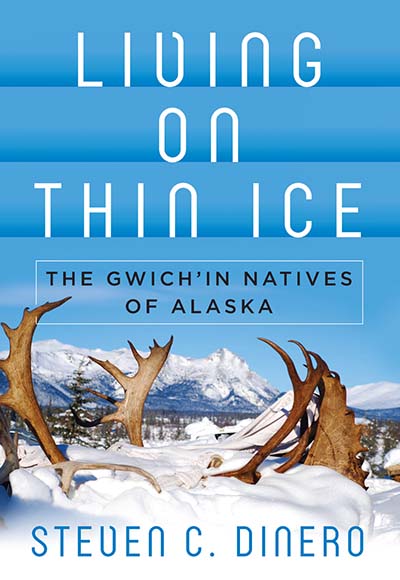 Published July 2016
Published July 2016 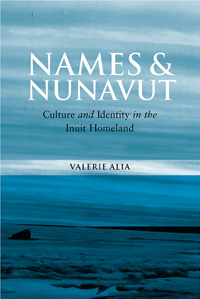 Published November 2006
Published November 2006 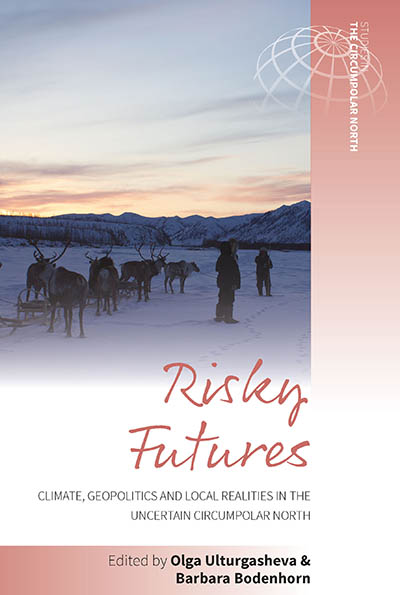 Published August 2022
Published August 2022 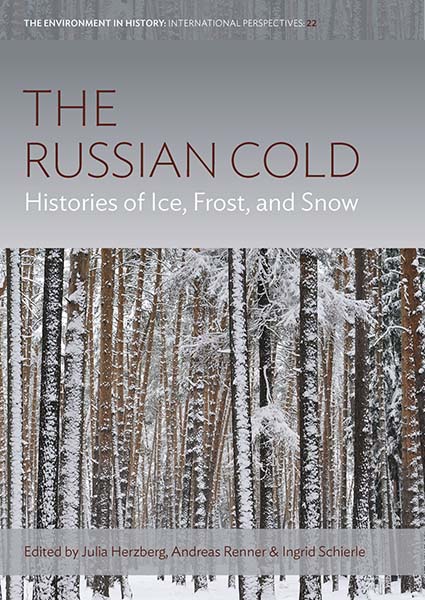 Published August 2021
Published August 2021 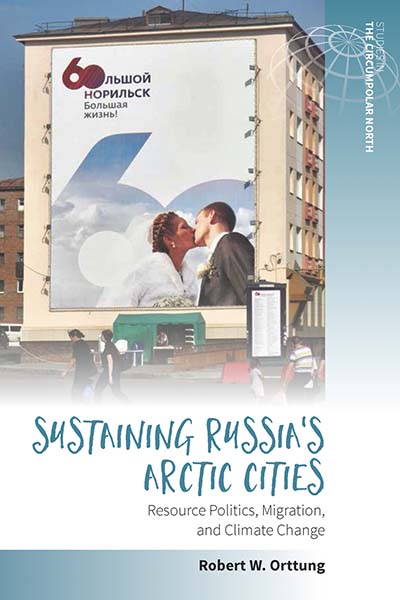 Published November 2016
Published November 2016 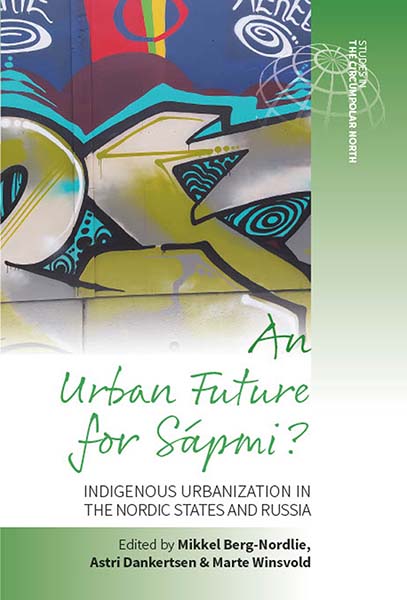 Published January 2022
Published January 2022 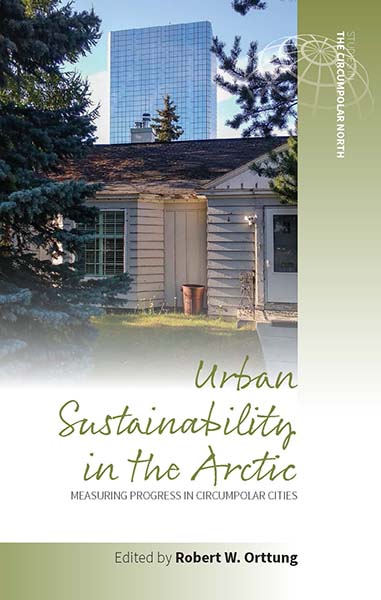 Published June 2020
Published June 2020